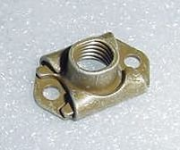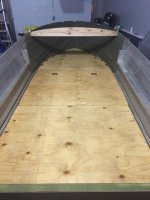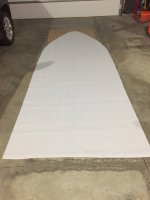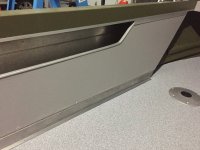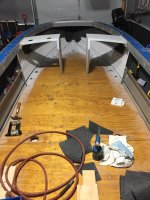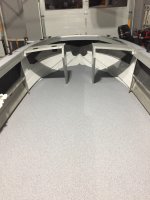I've been reviewing various restoration threads, and there seems to be two different strategies for install:
1.) Screw or rivet new plywood in place in the hull, apply vinyl in one piece, wrapping up side of hull a few inches.
2.) Apply flooring to individual plywood pieces, wrapping vinyl around, and stapling along backside. Then floor is attached with exposed fasteners sitting on top of the vinyl.
I'd appreciate pros/cons and recommendations from anyone that has done this type of job before.
1.) Screw or rivet new plywood in place in the hull, apply vinyl in one piece, wrapping up side of hull a few inches.
2.) Apply flooring to individual plywood pieces, wrapping vinyl around, and stapling along backside. Then floor is attached with exposed fasteners sitting on top of the vinyl.
I'd appreciate pros/cons and recommendations from anyone that has done this type of job before.




















